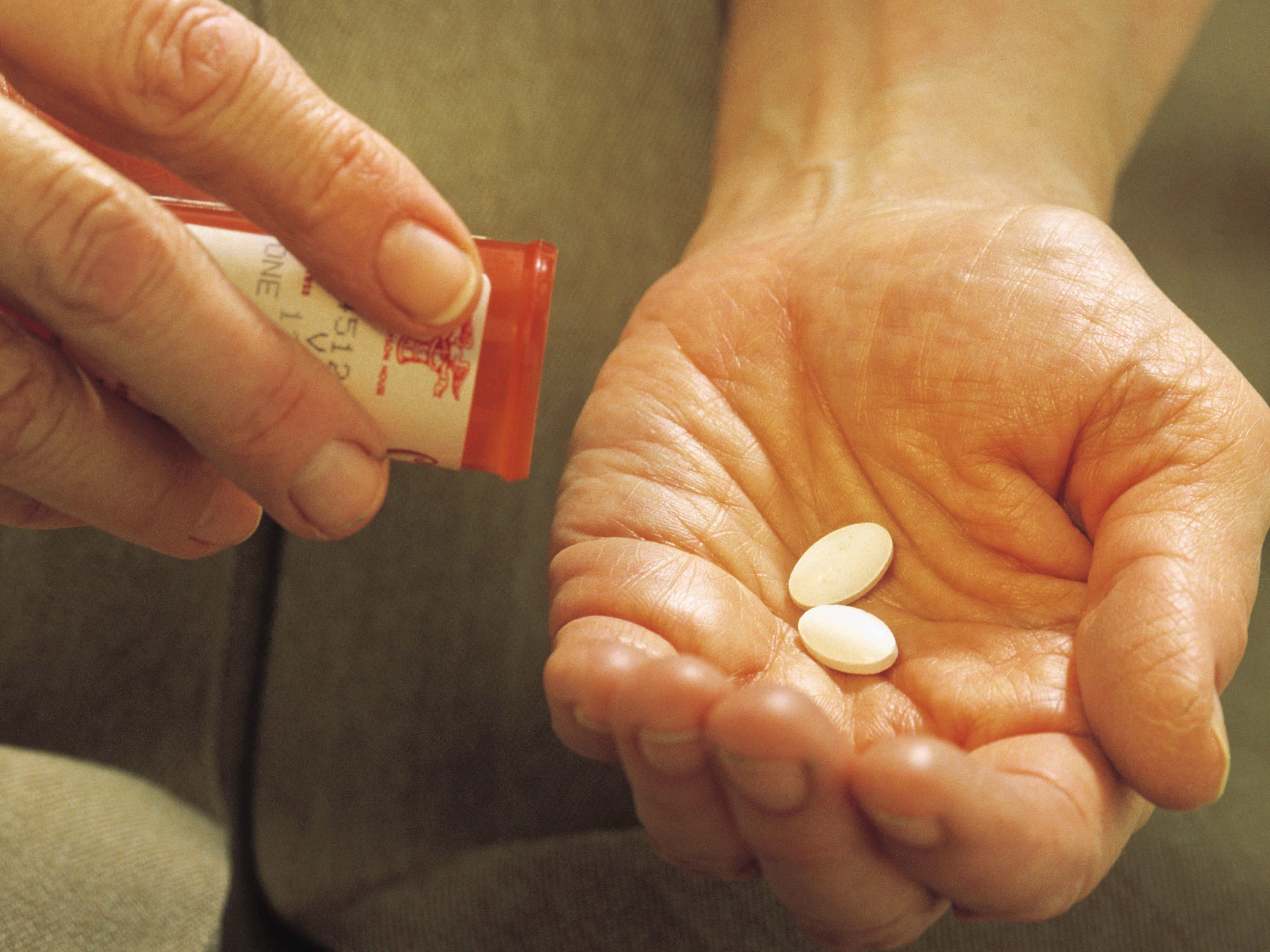Get Easy Health Digest™ in your inbox and don’t miss a thing when you subscribe today. Plus, get the free bonus report, Mother Nature’s Tips, Tricks and Remedies for Cholesterol, Blood Pressure & Blood Sugar as my way of saying welcome to the community!
Take two of these and hope you wake up in the morning

Next time you see your doctor about aches and pains, be very careful if he hands you a prescription for painkillers and says “take two of these and call me in the morning.” There’s a chance you may not wake up.
Well-meaning doctors are putting patient’s lives at risk every day by prescribing powerful opioid-based painkillers to treat discomfort caused by underlying conditions. A big part of the problem is that everyone’s body responds to these medications differently — and medical researchers are finding that dosing guidelines that work for some patients can lead to accidental overdose and death in others.
Take for instance a recent study of chronic pain patients led by the University of Michigan Medical School and VA Ann Arbor Healthcare System that found it is impossible for doctors to pinpoint a clear cutoff for how much opioid-based medication a given patient can take before suffering fatal consequences.
Current prescription guidelines recommend that pain patients take no more than 100 morphine-equivalent milligrams of opiate painkillers in a 24 hour period.
But the researchers found that some patients died from accidental overdoses at well-below 50 morphine-equivalent milligrams. To put the numbers in context, that’s the equivalent of about five 10 mg hydrocodone pills in a 24 hour period, well under what thousands of chronic pain suffers take each day.
Beyond differences in body chemistry, alcohol use and forgetting when they last took a dose can also greatly increase the risk that a patient will die from taking prescribed medications.
One of the researchers involved in the study said that one of the biggest things doctors can do to help minimize the risk of accidental overdose is “changing clinical practices to avoid escalating doses for patients.”
The only problem with keeping chronic pain patients on low doses of prescription opioid medication is that the effect of the medicine wears off as patients build a tolerance over time. And doctors trained to treat symptoms rather than underlying causes are then forced to prescribe more powerful or risky new combinations of drugs to help their patients keep pain in check.
If you suffer from chronic pain, the good news is that you can avoid this deadly trap by finding an alternative treatment that works for you. But first you have to understand that pain is not itself a disease, it is a symptom of an underlying problem.
Once you carefully analyze the source of your pain, you’ll be able to determine which natural pain relief methods will best stem the discomfort. Ideally, you want a pain treatment that not only alleviates the discomfort, but addresses the root causes and promotes full body health.
If you don’t know where to start, read this natural pain relief primer recently compiled for Easy Health Options® subscribers by integrative medical specialist Dr. Isaac Eliaz. You should also check out our full archive of natural pain relief information.












